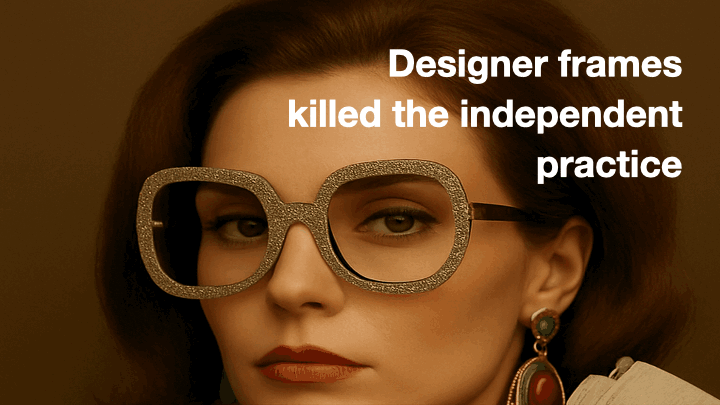
The Designer Frame Trap:
How a 1970s Solution Became a 2020s Problem
Let me be clear: I’m not here to bash designer eyewear. I’ve been in this industry since 1973. I’ve seen the rise of designer brands firsthand, how they revitalized frame sales when contact lenses threatened to wipe them out, and how they brought fashion, excitement, and higher price points into our dispensaries.
Designer brands still serve a purpose. They meet a segment of consumer demand, and some patients will always love them, whether it’s in shoes, purses, or eyeglasses.
But as someone who’s spent over 50 years in this business, I think it’s time we pause and ask: At what cost? Yes, designer branding brought growth, but where did that growth go? To whom? Was it growth for independent practices… or for the large retailers who priced them better, promoted private-label alternatives, and chipped away at our capture rates?
This isn’t about being anti-designer. It’s about understanding the full picture, both the upside and the unintended consequences, so today’s ECPs don’t repeat the same mistake tomorrow.
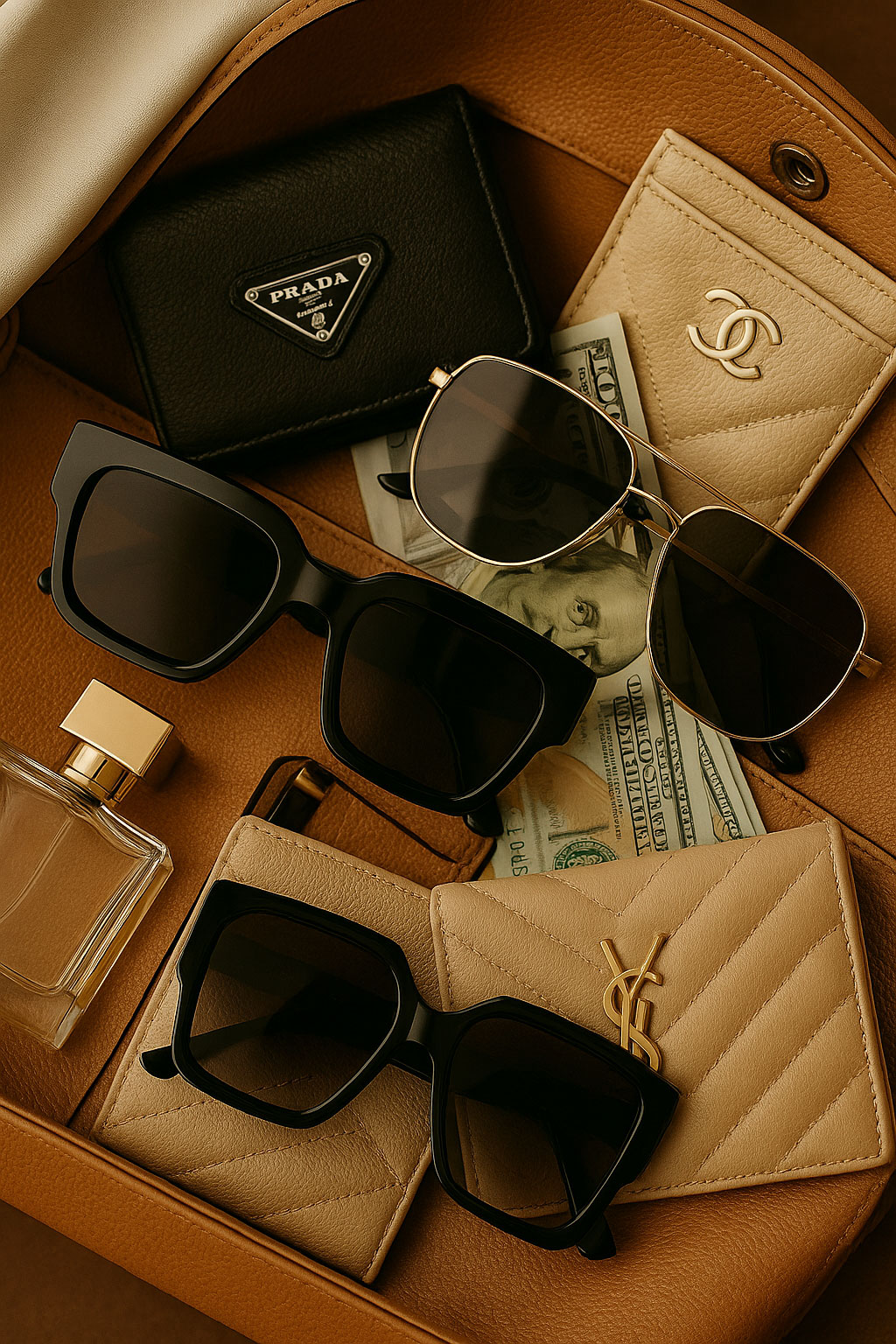
The Designer Frame Trap:
How a 1970s Solution Became a 2020s Problem
Let me be clear: I’m not here to bash designer eyewear. I’ve been in this industry since 1973. I’ve seen the rise of designer brands firsthand, how they revitalized frame sales when contact lenses threatened to wipe them out, and how they brought fashion, excitement, and higher price points into our dispensaries.
Designer brands still serve a purpose. They meet a segment of consumer demand, and some patients will always love them, whether it’s in shoes, purses, or eyeglasses.
But as someone who’s spent over 50 years in this business, I think it’s time we pause and ask: At what cost? Yes, designer branding brought growth, but where did that growth go? To whom? Was it growth for independent practices… or for the large retailers who priced them better, promoted private-label alternatives, and chipped away at our capture rates?
This isn’t about being anti-designer. It’s about understanding the full picture, both the upside and the unintended consequences, so today’s ECPs don’t repeat the same mistake tomorrow.

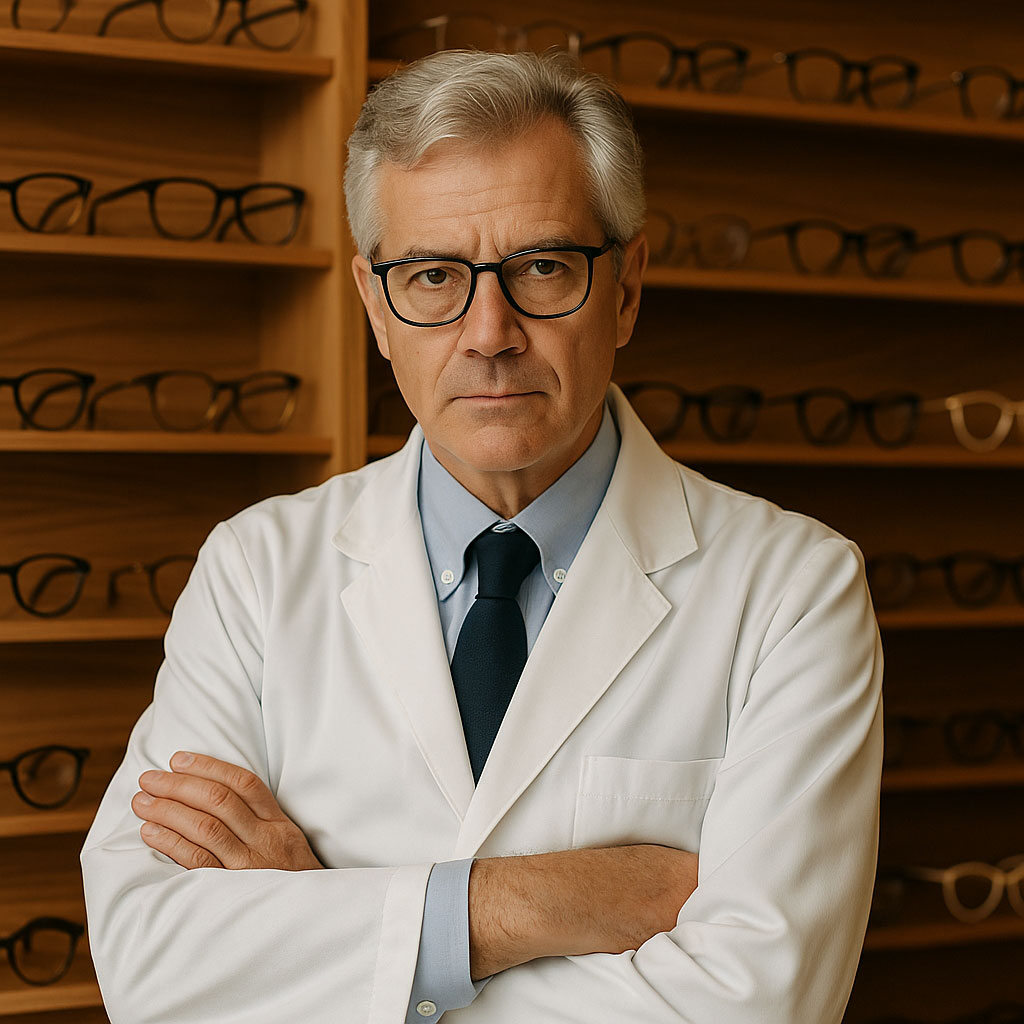
Eyeglasses didn't change. We changed how people saw them.
Back in the early 1970s, most eyeglass frames were made right here in America. They carried names like Martin Copeland, Universal, Fairfield, Shuron, Art Craft, Bausch & Lomb, and American Optical, factory names, not fashion labels. The frames weren’t flashy, but they were built to last. Durability, reliability, and practicality defined the optical market.
But when contact lenses exploded in popularity, the industry panicked. Eyeglasses were suddenly seen as old-fashioned, even obsolete.
The solution? Turn frames into fashion statements.
Enter the rise of the designer brand.
Suddenly, frames weren’t just about function anymore, they were about identity, style, and status. Eyeglasses became fashion accessories. They became aspirational purchases.
And for a time, it worked. Designer licensing revived the industry, injected excitement into dispensaries, and gave ECPs something new, and more profitable, to sell.
While we sold designer dreams, our competitors sold private-label realities.
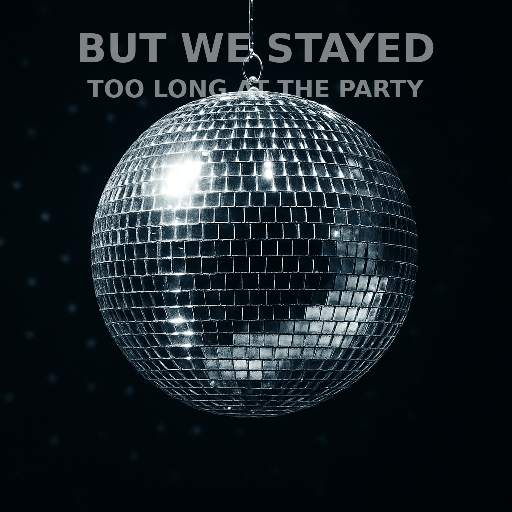
But We Stayed Too Long at the Party
The competition evolved.
Chains and online retailers didn’t just sell the same designer frames — they built their own private-label brands behind the scenes.
They priced designer brands better.
They created exclusivity with their own inventory.
And they turned eyewear into a fully verticalized business model.
Meanwhile, many independents kept pushing the same designer labels—
brands that patients now find everywhere:
On Amazon
At LensCrafters
On TikTok
In warehouse clubs
The result?
Capture rates have dropped. Margins have eroded. Loyalty has shifted.
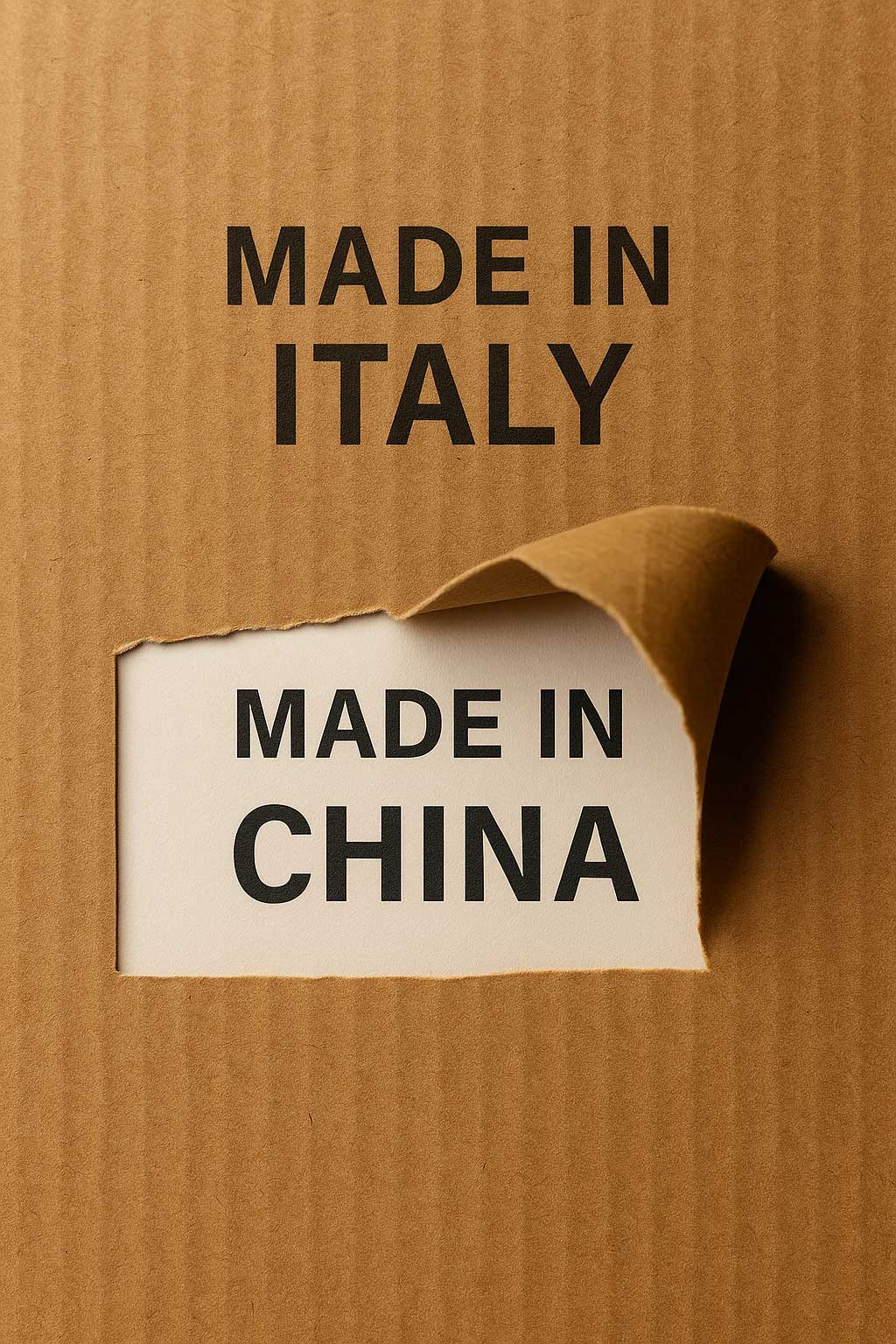
Here’s the Bigger Truth
Most of those designer frames… They’re made in China, even the ones flaunting Italian, German and Japanese names and European mystique.
Patients might not understand the complexities of global supply chains. But they’re smart enough to ask the right question:
“What exactly am I paying for?”
Behind the fancy labels and glamorous marketing, most frames come from the same factories, often using the same materials.
The real difference?
It’s the story — not the source.
And now, more patients are starting to read the fine print.
It’s not about rejecting designer brands. It’s about rejecting dependency.
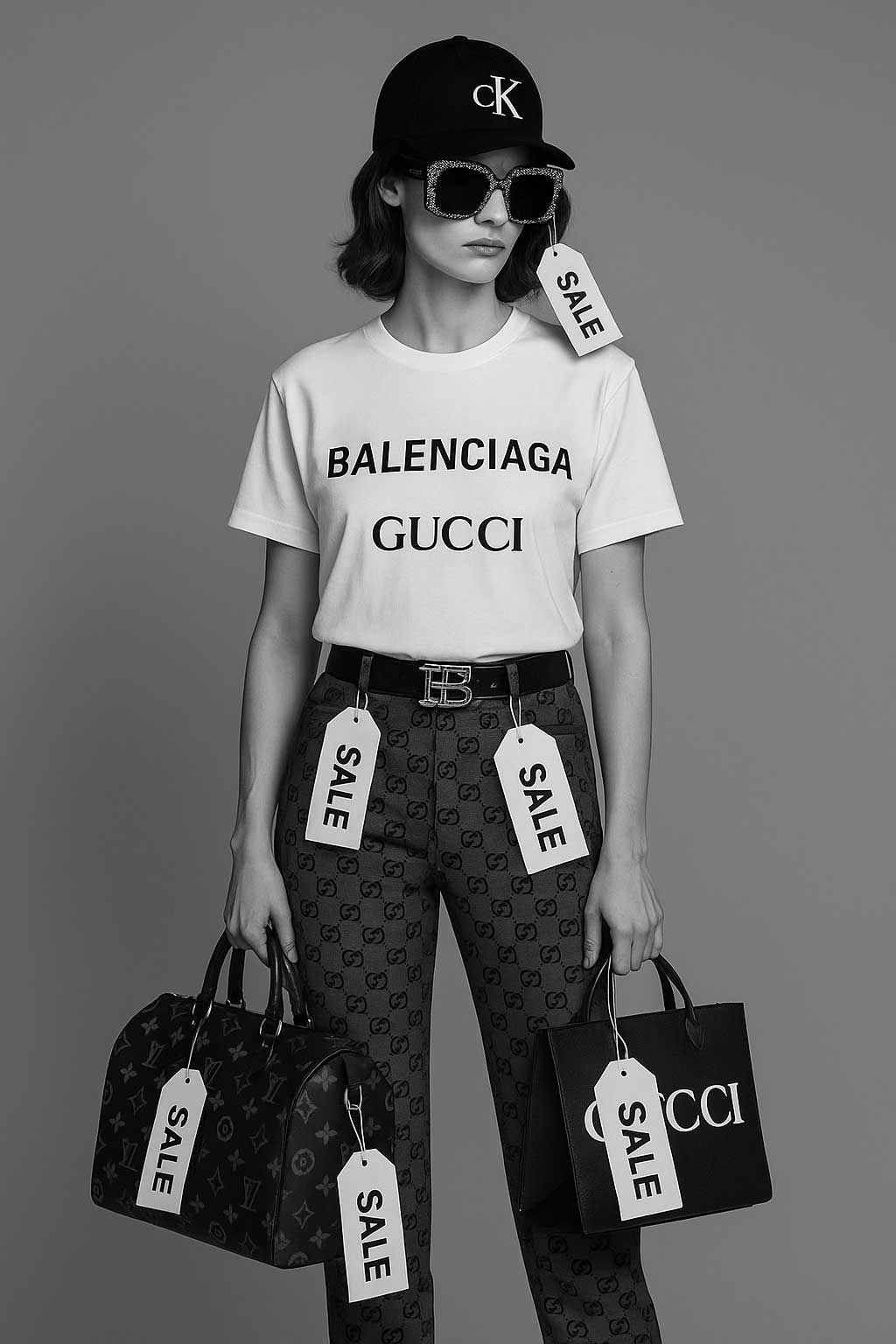
I’ll repeat, I’m not here to bash designer frames. They helped save this industry once, and they still serve a purpose today.
But over-relying on them?
That’s doing the opposite.
• You don’t own the label.
• You don’t control the pricing.
• You don’t control the distribution.
And when your dispensary looks just like your competitors’, your patients have no reason to stay loyal. They can buy the same frames, often for less, down the street, online, or at a big-box retailer.
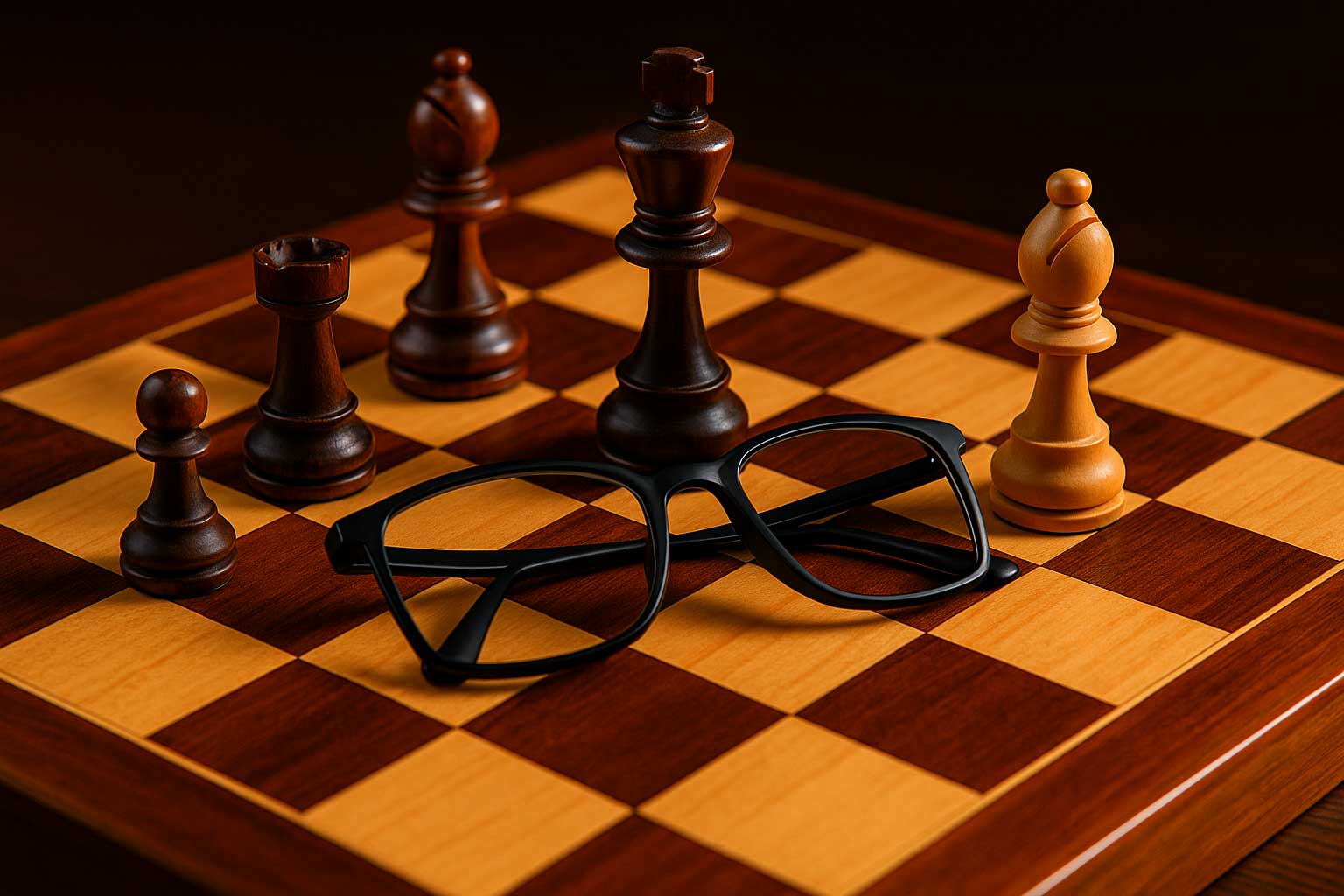
Private label isn’t about trends. It’s about playing the long game.
Designer brands will always have a place — but they should no longer define your optical.
• Your practice should.
• Your story should.
• Your brand should.
Private-label frames aren’t just a product swap, they’re a shift in control:
Frames patients can’t price-shop online
Margins you control
Loyalty you own
Private branding isn’t about chasing trends. It’s about building lasting value that belongs to you — not to a licensing deal.